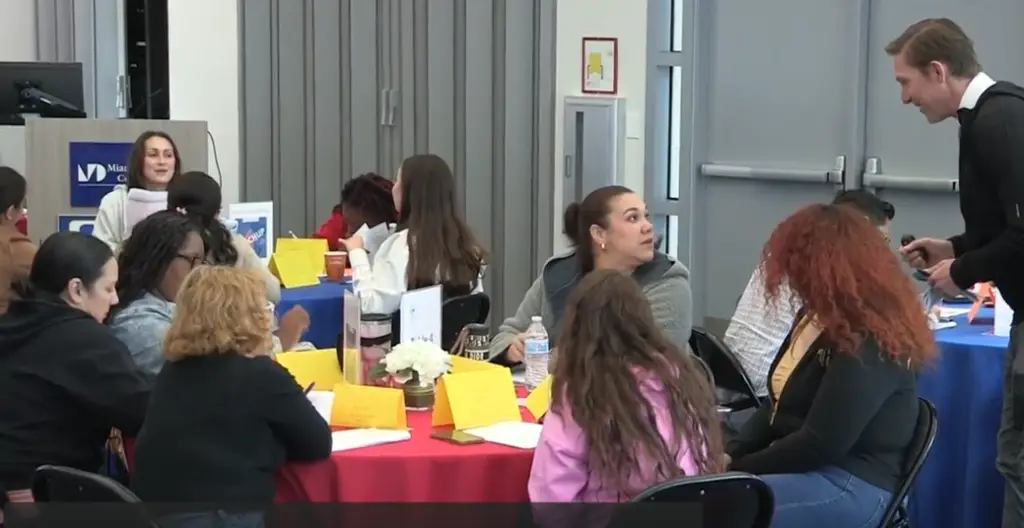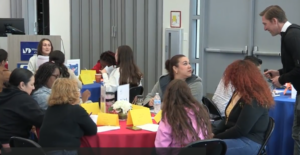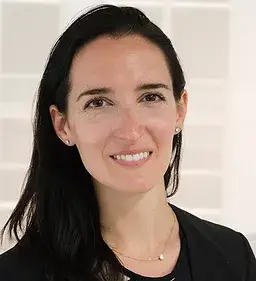Adult Learning 201 – Trust & Rapport


In our next two posts, we’re rounding out the discussion of adult learning with two additional elements of effective professional development: building trust and rapport with your teaching team during these sessions and bringing the content to life via storytelling. Today, we’ll tackle connection building and return once again to the examples of two master facilitators, Paul Powell and Jesse Corborn, in their work with degree candidates in Miami Dade College’s School of Education.
Technique 1: Monitor to Connect
In this first clip, we see Paul execute a typical “see it” to frame his session on responding to error trends in the classroom. After showing a video clip that acts as an analogy to the day’s topic, Paul sends participants into a turn-and-talk. His next move is simple yet powerful: rather than standing up at the front of the room and providing a brief pause for conversation to take place, he circulates and monitors the ensuing discourse.
From a content standpoint, this allows Paul to eventually elevate responses to the whole group that will build the key takeaways of the session – but there’s an additional relationship-building component here, too. Paul is able to recognize an individual both privately (“That’s a really powerful takeaway. Do you mind sharing with the group?”) and publicly (“So well said”) as a result. And while this moment may appear small enough, scale it across the entirety of a session and we can see the magnified impact: twenty or so tiny touches, each of which helps participants feel seen and heard.
Technique 2: Embed Participant Names & Ideas
Next up, we’ll head into a later portion of the session where participants are reflecting on a model video that highlights how to pause student practice to address a trending area of struggle.Technique 3: Teacher Spotlight
Finally, as practice gets underway, we see Jesse enact one more powerful rapport-building move when he spotlights a teacher. Clearly, Jesse thoughtfully planned for this moment: he reviewed pre-work, identified a strong example, and showcased it for the larger group as part of his deck.
Each of these three examples reveals the art of Paul and Jesse’s facilitation, but I hope they also help to unpack the science: the concrete, replicable moves you can customize – in your own style, of course – to build relationships with your teams not just during the first days back this summer, but in the years to come. Wishing you a wonderful break and much success in making your first impressions for 24-25 – and I can’t wait to see you back next month!
Jesse’s facilitation, but I hope they also help to unpack the science: the concrete, replicable moves you can customize – in your own style, of course – to build relationships with your teams not just during the first days back this summer, but in the years to come. Wishing you a wonderful break and much success in making your first impressions for 24-25 – and I can’t wait to see you back next month!

